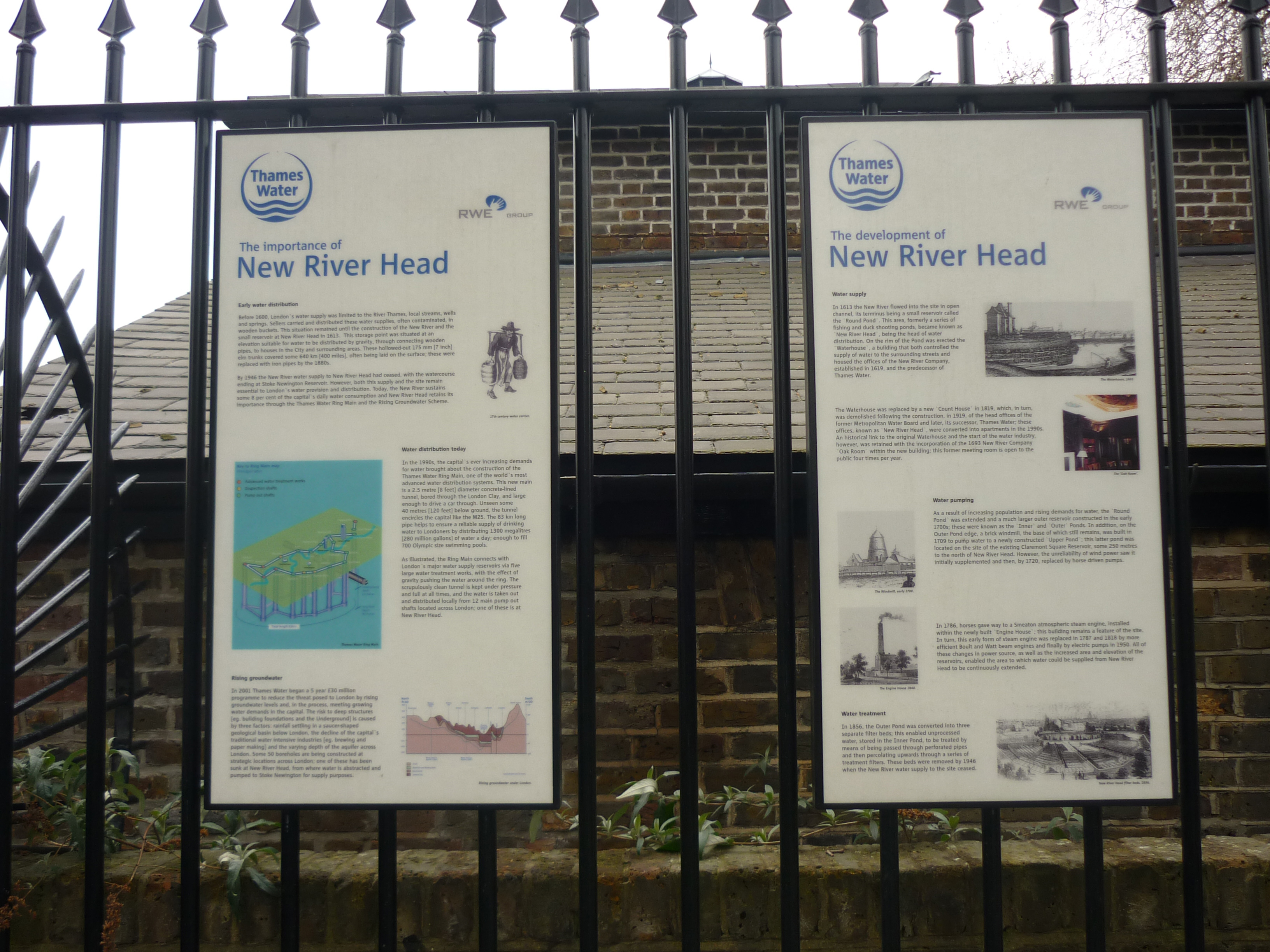Great to see London's real 'Hidden Gems' revealed & this was definitely one of them>

 PIN
New River Head Pumping Station
PIN
New River Head Pumping Station
17th century water stories
The New River Pumping Station in Islington is all that remains of a fascinating project from Georgian London that provided fresh water to most of the city. The remains of this project can be found in Islington hidden in behind a block of flats. These glimpses into the past are becoming increasingly rare in modern-day London so it was particularly gratifying to find this monument to Georgian engineering and innovation
The History Of The New River
The New River, which stretches from Hertfordshire to Islington, was built by Welsh goldsmith Hugh Myddelton. In 1609, he got permission from the common council to build the 38-mile waterway to bring clean drinking water to the citizens of London. He faced many problems, including avaricious landowners in Middlesex and Hertfordshire, and eventually had to petition the City authorities for an extension of the four-year contract to build the river. By the time he had reached Enfield, Myddelton was completely exhausted – mentally, physically and financially. The City refused his request for financial help and so he went to the King who paid half the expenses. Matters progressed and on September 29th, 1613, the water was at last let into the New River Head - the Pump House.
The New River Head site was the original termination point of the man-made New River. The Round Pond, which partly survives today in the Nautilus Building Gardens, was created to take the discharged water from the New River, but it soon exceeded capacity and the Outer Pond was formed (later becoming a favourite spot for fishing). As demand for water increased in London, an upper pond was built in 1709 on the site of Claremont Square, which was on high ground in order to supply water by gravity to the West End of London. A windmill was erected, to pump water from the Round Pond to the Upper but it was not strong enough, and horses had to be used instead. The windmill was replaced in 1768 by a steam engine and located in the purpose-built engine house. Over time newer models replaced the engines and the house was extended. The base of the windmill, the original engine house and all the other alterations and ‘in situ’ together with 19th-century coal stores.
Tags
- History
- , Magnetic North
- , Greenspace and Wildlife
- , Historical Event
- , Child Friendly
- , walks



 Facebook
Facebook Twitter
Twitter Tumblr
Tumblr Google+
Google+ Pinterest
Pinterest LinkedIn
LinkedIn








